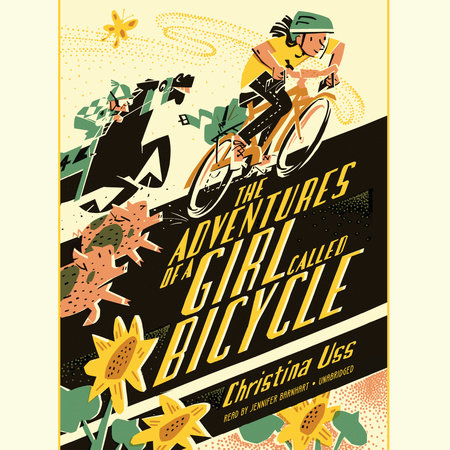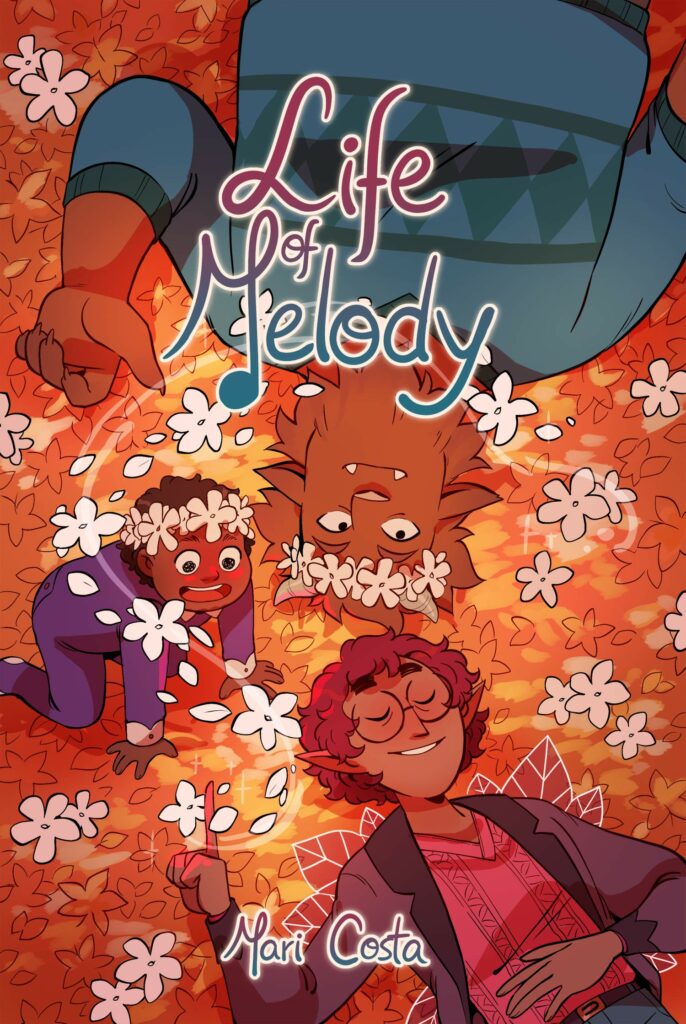A Book Sale for Everyone
Allie Lousch, Community Engagement, Manhattan Public Library

Recently, I asked an old friend about his favorite book. He said he loved mysteries and had grown up reading Nancy Drew novels, he enjoyed figuring out the plots. It was the Hardy Boys that kept me junior-sleuthing while the Army moved us across continents. Though my friend and I may not have a lot in common, we share a history with those iconic mystery series for kids. A good library, like a good book, can connect us when some of us may appear at odds. And if you’re looking for a good book, come to Manhattan Library Association’s (MLA) Book Sale this weekend in the Wefald Pavilion at City Park to find your old “friends” or discover new ones.
At Manhattan Public Library, we love to help you find your next favorite novel, information you need and a community that is welcoming. We are able to accomplish this, in part, because of MLA’s annual book sale, which provides the library resources for summer reading, special performances and more. Think of this weekend’s book sale as a giant “Rosie’s Corner,” that special corner of our library where you can pick up photo-rich coffee table books, audiobooks to keep the kids entertained when traveling, novels, movies, old hardback books and even sheet music!
When my kids were younger, I’d give them a few dollars to spend at the sale. Flush with great spending potential, they would find books that became familiar friends like “The Paper Bag Princess” written by Robert Munsch and illustrated by Micheal Marchenko, and videos like “There Goes a Firetruck” by the irrepressible “Firefighter Dave” better known as Dave Hood. It is something special for a kid of any age to find a book that can accompany them to the beach without worrying about damaging a library book.
Are you into James Patterson’s books? You’ll probably find several at the book sale this weekend. And if you are looking for Patterson’s stories in large print, as an audiobook or some that he wrote for kids, we can help you with find them. Visit the library or logon to mhklibrary.org and search our catalog for the books you love and resources you need.
One of my favorite books I found, at a past MLA sale, was Ken Burns’ “The National Parks: America’s Best Idea: An Illustrated History.” It turns out our library has a copy and at least 45 other titles related to national parks. Are you into tropical fish or fishing Kansas waters? Classics your thing or are you more likely to read a self-published recent book? You might find what you’ve been hunting at the book sale.
Wanting to spice up your cooking game? You should really come to the book sale and look for a treasure of taste. If after the sale you are still hungry for more, swing by the library at 629 Poyntz Avenue, and you’ll find more than 2,000 titles like “Smitten Kitchen Keepers” by Deb Perelman, “The Blue Zones American Kitchen: 100 Recipes to Live to 100” by Dan Buettner, and a slew of culturally delicious, preference-diverse others.
If you are or know a teen reader that is looking for a new story or series, this weekend’s book sale could be a goldmine of opportunity. In the past, there have been Manga titles for sale, vintage and current young adult (YA) books to discover. With a few thousand Manga-related titles in our collection, fans of any age and a library card can find something new to read.
We’d love to see you treasure-hunting this weekend at the book sale. Your support and the support of our Manhattan Library Association members make all the difference in what we are able to do in the library and community throughout the year. Thank you to our book sale partners: City of Manhattan Parks and Recreation, Target volunteers and friends we’ve made through the Manhattan Afghan Resettlement Team.
Manhattan Public Library is a cornerstone of free and equal access to a world of ideas and information for the Manhattan, Kansas, community. Manhattan Public Library serves more than 75,000 people in the Riley County area through curated book and other media collections, knowledgeable staff, relevant programming for all ages, and meeting space. Learn more at mhklibrary.org.









